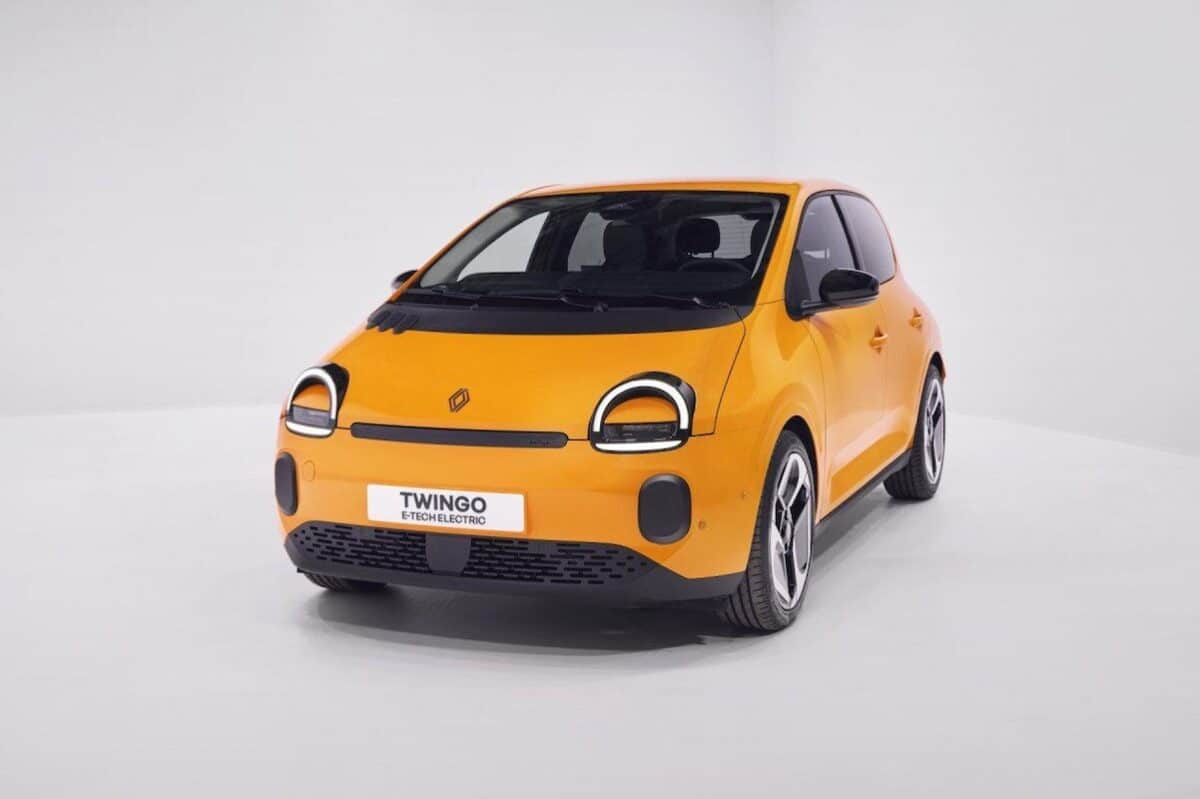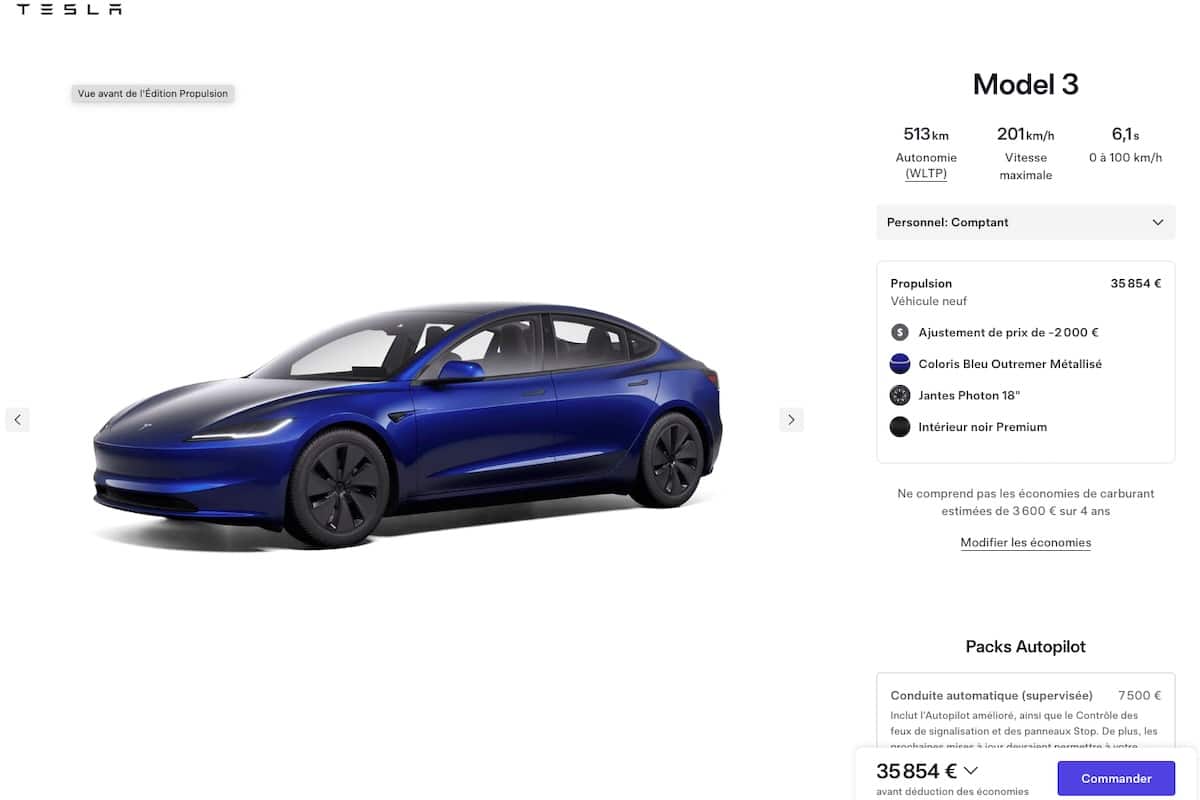Nissan Ao-Solar Extender: Green Gadget or Energy Breakthrough?

Nissan showcased at the Japan Mobility Show 2025 a foldable solar roof capable of recharging an electric car’s battery. Bullshit?
Nissan likes to present itself as a pioneer of electric mobility. After the Leaf, the first widely available electric city car, the Japanese automaker is tackling the Kei microcar segment with a rather original idea: an extendable solar roof, named Ao-Solar Extender, installed on the small Sakura. Introduced at the Japan Mobility Show 2025, this device aims to add up to 3,000 km of autonomy per year thanks to solar energy. But behind the green rhetoric and slick images, it’s hard not to question the real relevance of such a system.
You might be interestedin this article:
A great idea on paper…
The principle is initially appealing: a fixed solar panel on the car’s roof, complemented by a deployable extension when stationary, for a maximum announced power of 500 W. The system can recharge the battery even while driving, while providing some shade to the cabin when parked. On paper, the idea seems promising by reducing dependence on the electrical grid and offering partially free and clean autonomy (apart from the solar panel’s production).

The figure put forward by Nissan, 3,000 km of annual range, sounds attractive but needs to be put into context. That represents less than 10 km per day on average, under ideal sun exposure conditions. And that, for a car whose real range hovers around 180 km. In practice, depending on latitude, weather, and usage (garage parking, vehicle orientation, shade, etc.), the solar contribution is likely to be much lower than these internal estimates. So, we are talking about a symbolic energy supplement rather than a revolutionary solution.
A questionable cost and complexity
Nissan has not yet announced a price, but adding solar panels, especially extendable and aesthetically integrated ones, will not be free. Between design, materials, deployment systems, weather and aging protection, the extra weight that worsens consumption and the center of gravity, the additional purchase cost could be significant. Yet, for a Kei vehicle whose price and simplicity are key selling points, this added complexity raises questions: is this really what buyers prioritize?

The Ao-Solar Extender is part of the “Re:Nissan” strategy, meant to embody the group’s technological and ecological rebirth. But it’s hard not to also see this as a savvy PR move, in a country where solar energy and energy autonomy have become very sensitive topics since Fukushima. In reality, Nissan seems mostly eager to green its image by associating its flagship electric model with a “natural” and reassuring solution.
ALSO READ: Renault 4 and 5: new certifications for more range?
This page is translated from the original post "Nissan Ao-Solar Extender : gadget vert ou avancée énergétique ?" in French.
We also suggestthese articles:
Also read




